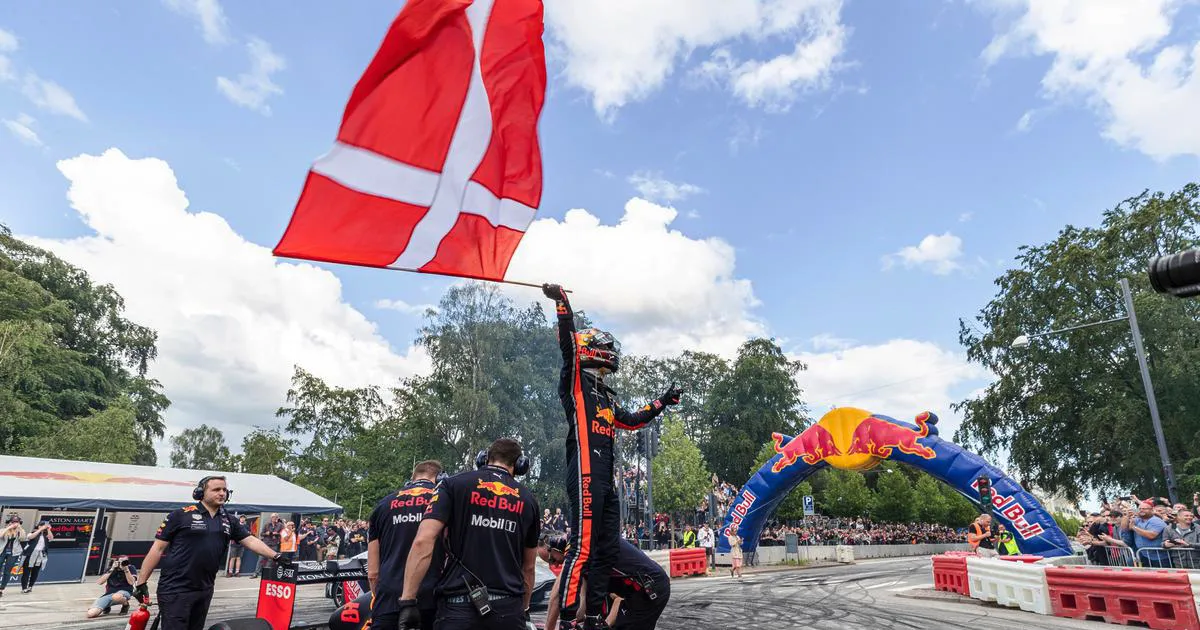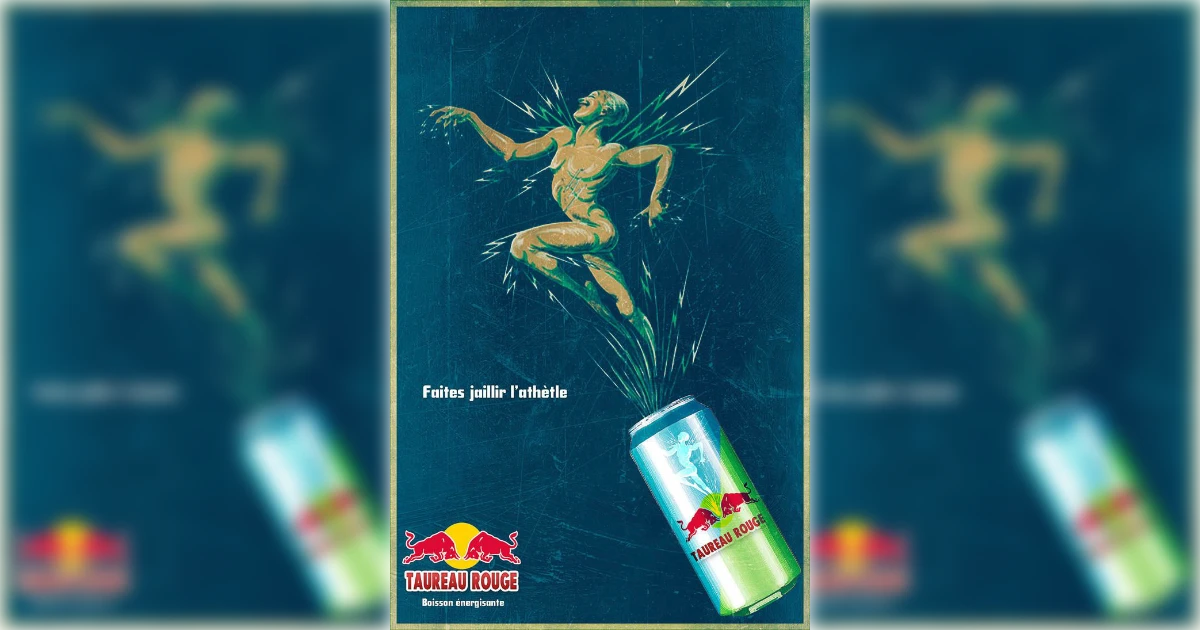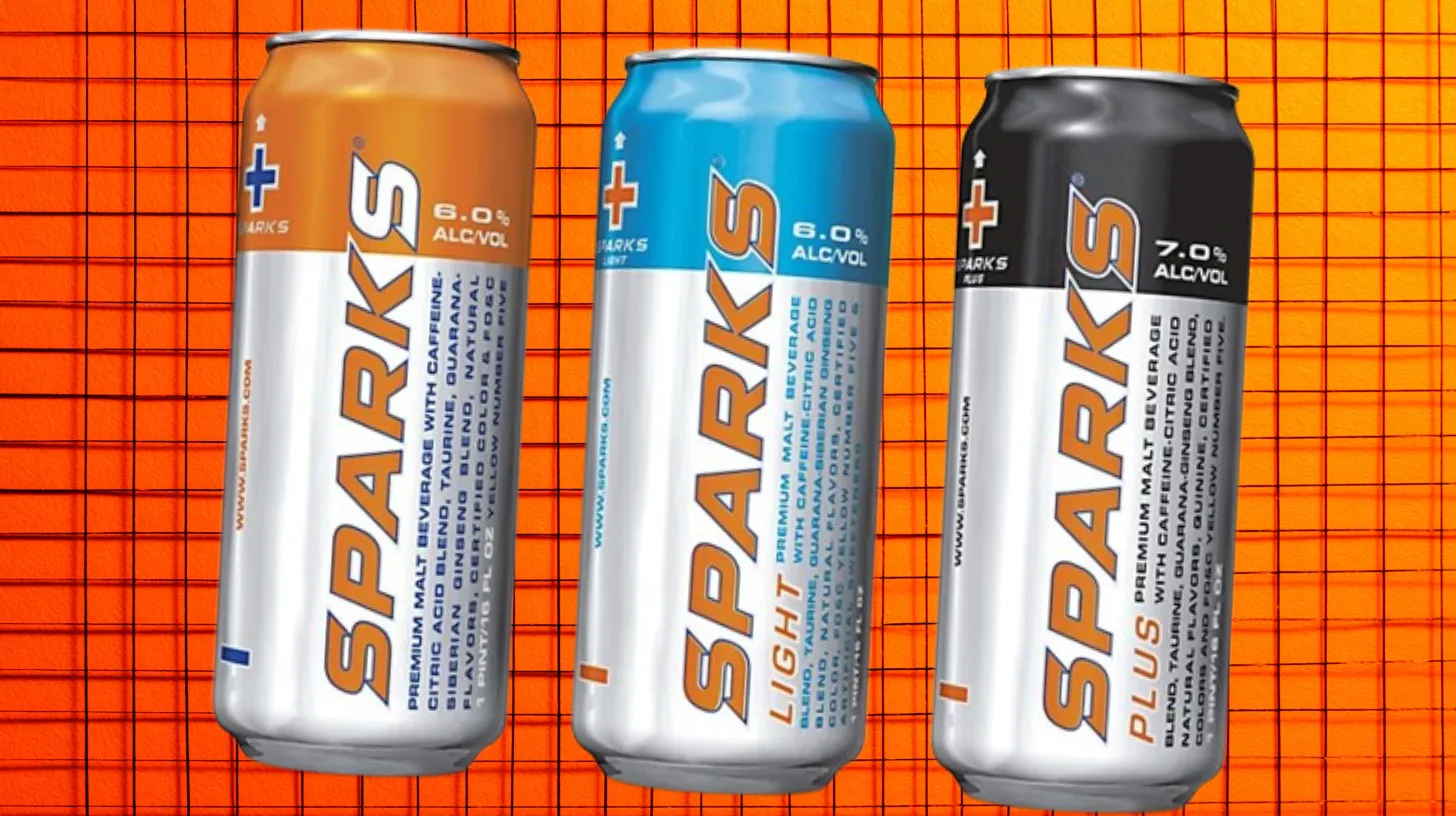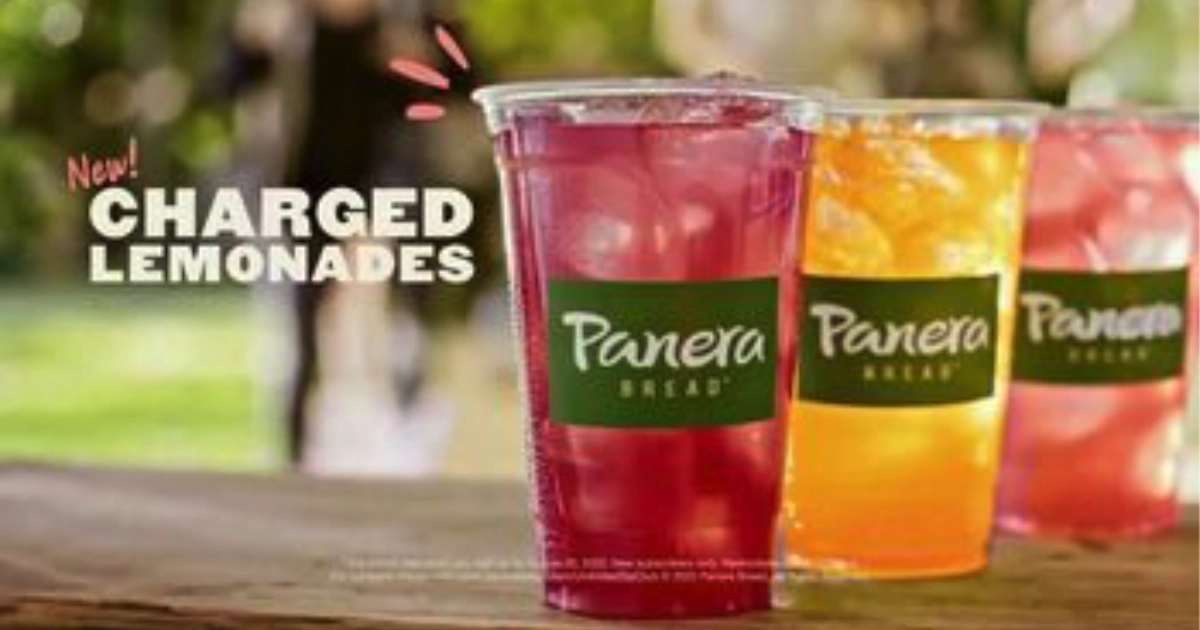.webp)
© History Oasis
From boardroom battles to college campus controversies, these are the stories of energy drinks that pushed too far and got banned.

Denmark looked at Red Bull’s ingredients in 1997 and said, “absolutely not.” Taurine? B vitamins? The Danish authorities weren’t buying it.
The ban created underground demand. Young Europeans began smuggling cans across borders, turning Red Bull into contraband. Nightclubs sold it illegally at premium prices.
The irony was hard to ignore. Denmark accidentally made Red Bull the coolest drink in Europe. By 2009, they quietly lifted the ban, admitting they couldn’t prove any real health risks.

For twelve years, France banned Red Bull over its flagship ingredient. Taurine. The French demanded a taurine-free version just for them.
Red Bull fought back through European courts. The case went to the highest levels, creating precedents for energy drink regulation across the EU.
In 2008, French regulators gave up. They couldn’t prove taurine was dangerous, and European pressure was mounting.
Red Bull finally hit French shelves with warning labels that made it seem radioactive.

McKenzie River Corporation had a wild 2002 idea. Make a beer and load it up with caffeine.
Sparks used silver cans shaped like batteries, complete with plus/minus symbols. It tasted like Red Bull met malt liquor at a college party.
MillerCoors later bought it for $215 million. Sparks would go on to dominate 90% of the alcoholic energy drink market.
But then teachers noticed students acting weird. Parents discovered their kids were drinking alcoholic energy drinks that masked intoxication.
By 2008, thirteen states forced MillerCoors to remove all stimulants. The battery stayed, but the spark was gone.

Jamey Kirby’s had a philosophy that if you’re going to get controversial, go all the way.
Kirby designed a logo that looked like white powder. Slogans included “Speed in a Can” and “Liquid Cocaine.” The warning label promised “excess excitement, stamina, fun, and possible euphoria.”
But then came the FDA’s response. A brutal three-page letter: “Your product, Cocaine, is a drug.” By marketing as a “legal alternative” to cocaine, Redux accidentally classified their drink as a pharmaceutical.
Redux renamed it “Censored,” then went completely nameless with “insert name here” labels. Eventually, they worked things out with regulators.
Today it’s back on shelves, but without its hard-hitting marketing.

In October 2010, at Central Washington University, nine students were hospitalized after consuming Four Loko. Their blood alcohol was dangerously high, but caffeine kept them conscious.
The original Four Loko made you “wide-awake drunk” — the caffeine masked the alcohol’s effects without reducing impairment. Users felt alert while judgment and motor skills remained compromised.
After the incident, on November 17, 2010, the FDA declared caffeine in alcohol an “unsafe food additive.” Remove it or face federal seizure.
85% of the alcoholic energy drink market vanished overnight. Students hoarded original formulations, reselling cans for $20-30 each.
The era of caffeinated alcohol was over.

Red Bull’s cola expansion seemed safe. They launched a cola version with the same decocainized coca leaf extract as Coca-Cola.
But Hong Kong officials later found actual cocaine traces in 2009. Microscopic amounts (you’d need two million cans for any effect), but legally problematic.
Germany banned the cola in eleven states. Taiwan threatened life imprisonment for importers.
Rather than defend trace cocaine content, Red Bull quietly discontinued Red Bull Cola worldwide.
It was a regulatory nightmare that the energy drink brand didn’t want to continue.

Panera brought high-caffeine drinks into mainstream restaurants with devastating results.
The drink looked like regular lemonade but contained 390mg of caffeine—more than Red Bull and coffee combined. Many customers had no idea.
Sadly, a 21 year old woman died from cardiac arrest after drinking it. She’d avoided energy drinks her whole life due to her heart condition, but didn’t realize Panera’s lemonade was more caffeinated than Monster.
Wrongful death lawsuits called it a “dangerous energy drink” disguised as lemonade. So Panera quietly discontinued it in 2024.